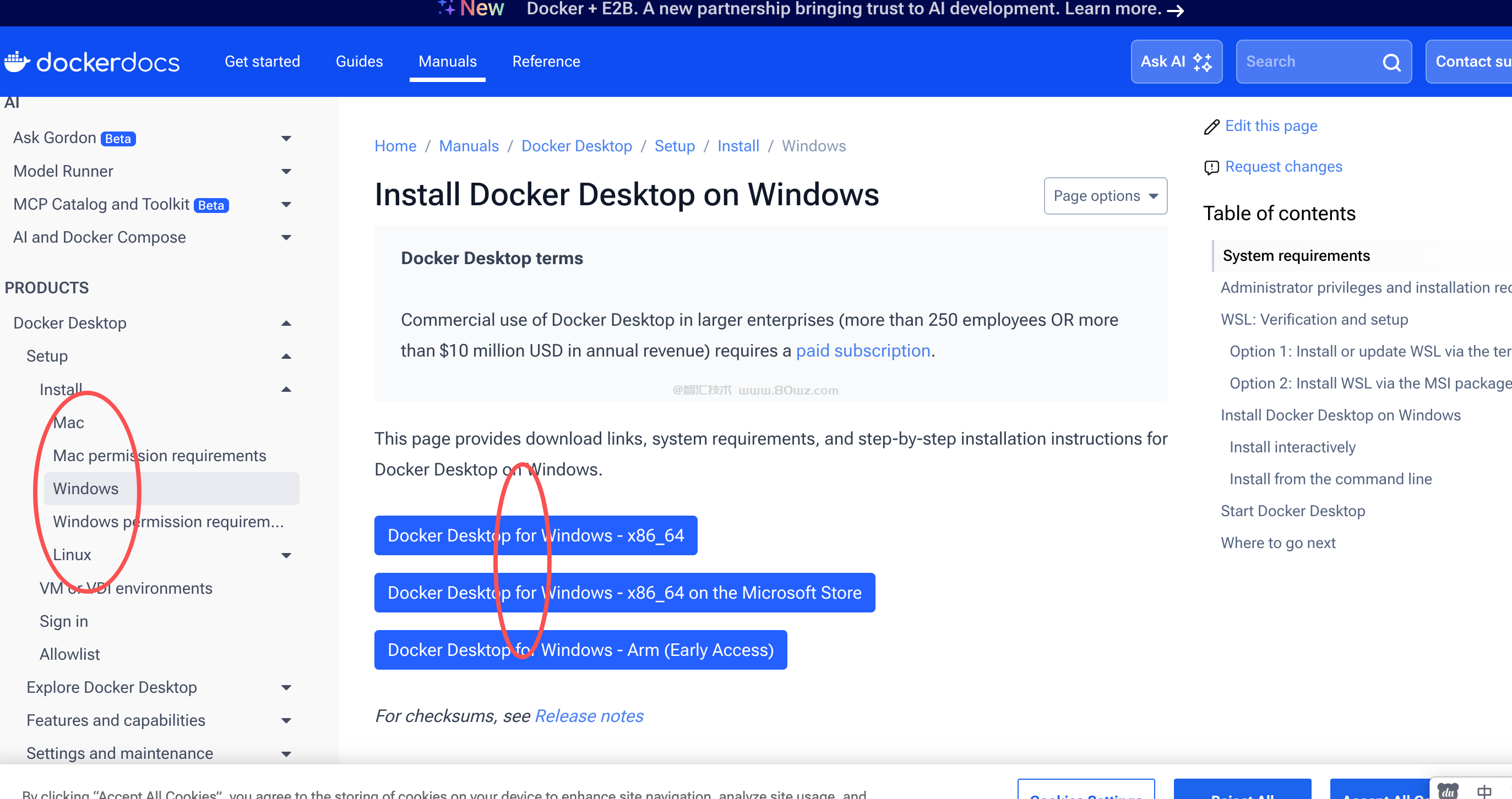在前面我们介绍过,返回的格式一般都要固定,所以一般来说我们的返回格式都是:
{
"code": 200,
"message": "请求成功",
"data": null
}在前面的案例里面我们也是这么来写的,但是大家发现问题没有,也就是在需要返回的时候,我们总是构造各种c.json(xxx)这样子的代码,试想一下,项目够大,我们是不是会写非常多这样的代码呢?例如:
所以这里大家试想一下,能否可以精简呢?答案是可以的,我们比如在responsejson.go文件中统一定义下fail和ok的方法,在其他地方使用的时候直接用是不是更方便呢?下面我们来演示一下:
一、定义公共的fail和ok方法
这里我们的responsejson.go文件中定义两个公共的方法,分别是fail和ok,示例代码如下:
type Result struct {
Code int `json:"code"`
Message string `json:"message"`
Data any `json:"data"`
}
/*
*
错误返回
*/
func Fail(c *gin.Context, code int, message string) {
c.JSON(http.StatusOK, Result{
Code: code,
Message: message,
Data: nil,
})
c.Abort()
}
/*
*
正确返回
*/
func Ok(c *gin.Context, data any) {
c.JSON(http.StatusOK, Result{
Code: http.StatusOK,
Message: "请求成功",
Data: data,
})
}二、调用
接下来我们在需要使用的地方进行调用即可,例如:
func ListGoods(c *gin.Context) {
username, _ := c.Get("username")
log.Println("通过中间件解析获取到的username是:", username)
goods := service.ListAllGoods()
middleware.Ok(c, goods)
}
func GlobalErrorMiddleware() gin.HandlerFunc {
return func(c *gin.Context) {
//先执行请求
c.Next()
// 发生了错误
if len(c.Errors) > 0 {
//获取最后一个error 返回
err := c.Errors.Last()
Fail(c, http.StatusInternalServerError, err.Error())
return
}
}
}三、测试验证
接下来我们验证下看看效果:
这样做是不是很方便呢?最后按照惯例,附上本案例的源码,登陆后即可下载。









还没有评论,来说两句吧...